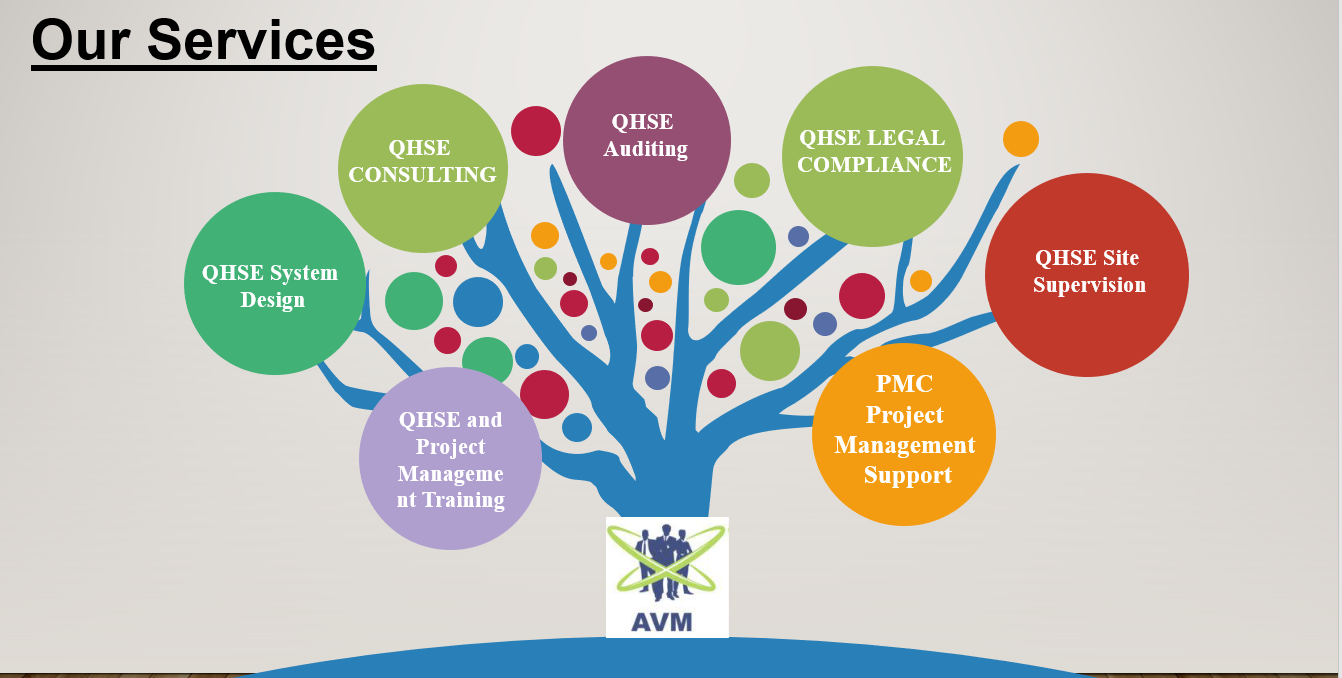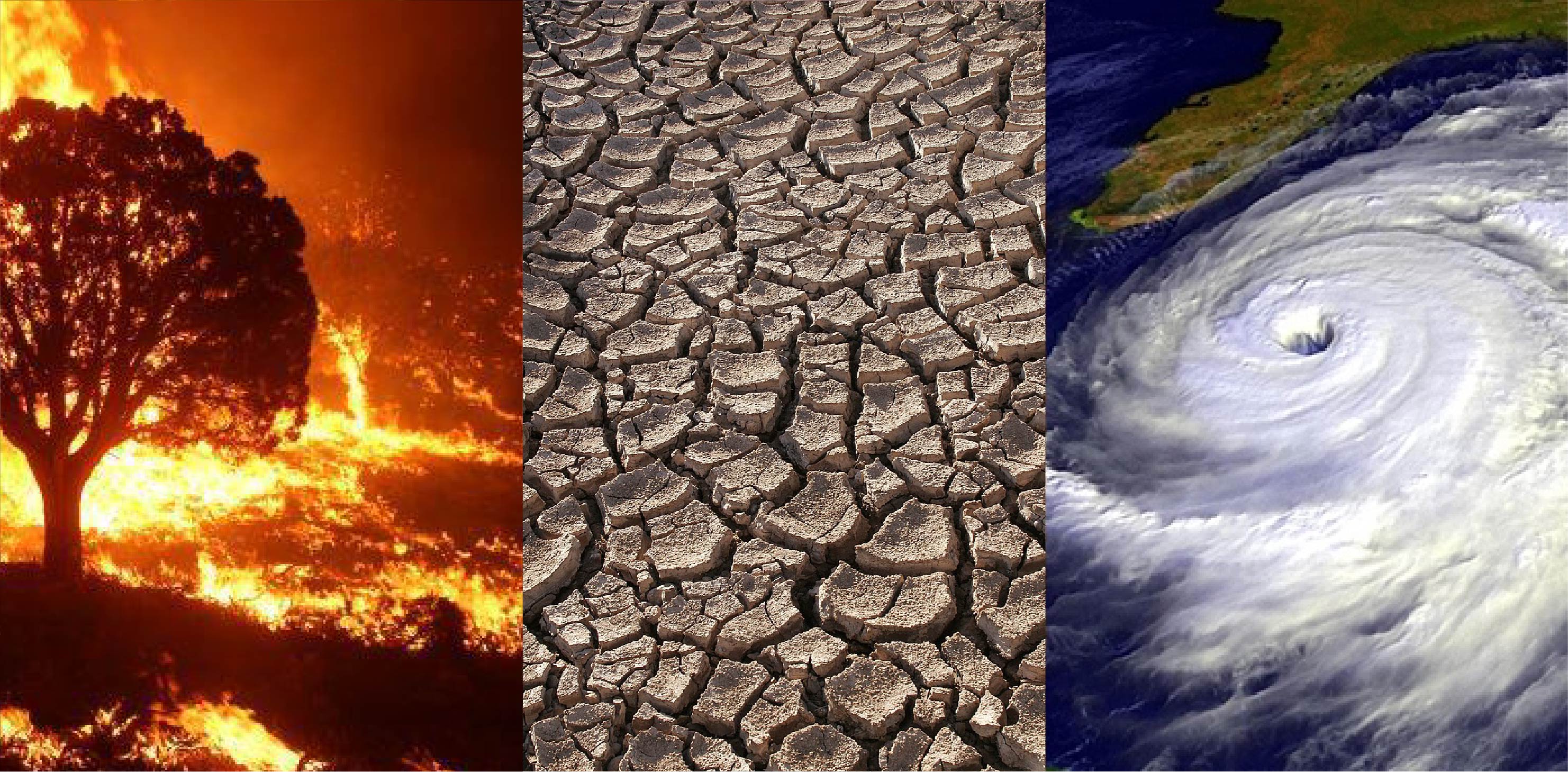
THEAVMCONSULT SERVICES


Company Profile
-

Our Services
We Help Our Clients Manage Their Business Risks Throughout The Life Cycle Of Their Product And Service. Our Specially Designed Programmes Assist In:
- Increasing Quality, Safety And Environmental Performance.
- Enhancing Staff Competence.
- Ensuring Sustainable Development.
- Improving Financial Performance.
The Basic Idea Is That We Want To Provide You With The Knowledge, The Insights And The Expertise We Derive From Our Daily Practice Globally.
-

Consulatncy
We provide consultancy services to organization who wish to develop and implement management systems such as:
- Quality Management System as per ISO 9001:2015
- Environment Management System as per ISO14001:2015
- Occupational Health and Safety Management System ISO45001:2018
- Energy Management System ISO50001:2018
- Asset Management 55001:2014
- Information Security Management system as per ISO 27001:2013
-

Management System Audits
AVM Consultant has a pool of highly qualified and experience auditors. Our Auditors are accredited to international organization like CQI, and IRCA. We adopt Risk Based Approach to auditing.
-

Trainings
We have many courses that applies to Quality, Environment, and Health & Safety Management system. Organizations can choose what suits their requirements Our courses are designed and delivered in accordance with the latest educational methods. The courses may be held at your own site or a venue provided by AVM consultant Our training courses include: OHSAS auditor and Lead auditor courses
- EMS auditor and Lead courses
- QMS auditor and lead auditor courses
- ACE Risk Management System
- Health and Safety Leadership
- Train the Trainer
- Accident/Incidence investigation and reporting.
- HAZOP Team Member and HAZOP Leader
- Construction Safety
- Safety Management for Engineers and Project Managers
- IOSH Managing safety
- CIEH Level 2 Principles of CoSHH
- CIEH Level 2 & 3 Risk Assessment
- CIEH level 2, 3, & 4 Health and safety at work place
- Customer satisfaction
Collapsible content
What Is Climate Change?
Climate change is a long-term change in the average weather patterns that have come to define Earth’s local, regional and global climates. These changes have a broad range of observed effects that are synonymous with the term.
Changes observed in Earth’s climate since the mid-20th century are driven by human activities, particularly fossil fuel burning, which increases heat-trapping greenhouse gas levels in Earth’s atmosphere, raising Earth’s average surface temperature. Natural processes, which have been overwhelmed by human activities, can also contribute to climate change, including internal variability (e.g., cyclical ocean patterns like El Niño, La Niña and the Pacific Decadal Oscillation) and external forcings (e.g., volcanic activity, changes in the Sun’s energy output, variations in Earth’s orbit).
Scientists use observations from the ground, air, and space, along with computer models, to monitor and study past, present, and future climate change. Climate data records provide evidence of climate change key indicators, such as global land and ocean temperature increases; rising sea levels; ice loss at Earth’s poles and in mountain glaciers; frequency and severity changes in extreme weather such as hurricanes, heatwaves, wildfires, droughts, floods, and precipitation; and cloud and vegetation cover changes.
“Climate change” and “global warming” are often used interchangeably but have distinct meanings. Similarly, the terms "weather" and "climate" are sometimes confused, though they refer to events with broadly different spatial- and timescales.
What Is Global Warming?
Global warming is the long-term heating of Earth’s surface observed since the pre-industrial period (between 1850 and 1900) due to human activities, primarily fossil fuel burning, which increases heat-trapping greenhouse gas levels in Earth’s atmosphere. This term is not interchangeable with the term "climate change."
Since the pre-industrial period, human activities are estimated to have increased Earth’s global average temperature by about 1 degree Celsius (1.8 degrees Fahrenheit), a number that is currently increasing by more than 0.2 degrees Celsius (0.36 degrees Fahrenheit) per decade. The current warming trend is unequivocally the result of human activity since the 1950s and is proceeding at an unprecedented rate over millennia.
Weather vs. Climate
Weather refers to atmospheric conditions that occur locally over short periods of time—from minutes to hours or days. Familiar examples include rain, snow, clouds, winds, floods, or thunderstorms.
Climate, on the other hand, refers to the long-term (usually at least 30 years) regional or even global average of temperature, humidity, and rainfall patterns over seasons, years, or decades.
XXXXXXXXXXXXXXXXXXXXXXXX
Image with text
Pair text with an image to focus on your chosen product, collection, or blog post. Add details on availability, style, or even provide a review.
Caption
Row
Pair text with an image to focus on your chosen product, collection, or blog post. Add details on availability, style, or even provide a review.
Caption
Row
Pair text with an image to focus on your chosen product, collection, or blog post. Add details on availability, style, or even provide a review.
Caption
Row
Pair text with an image to focus on your chosen product, collection, or blog post. Add details on availability, style, or even provide a review.




